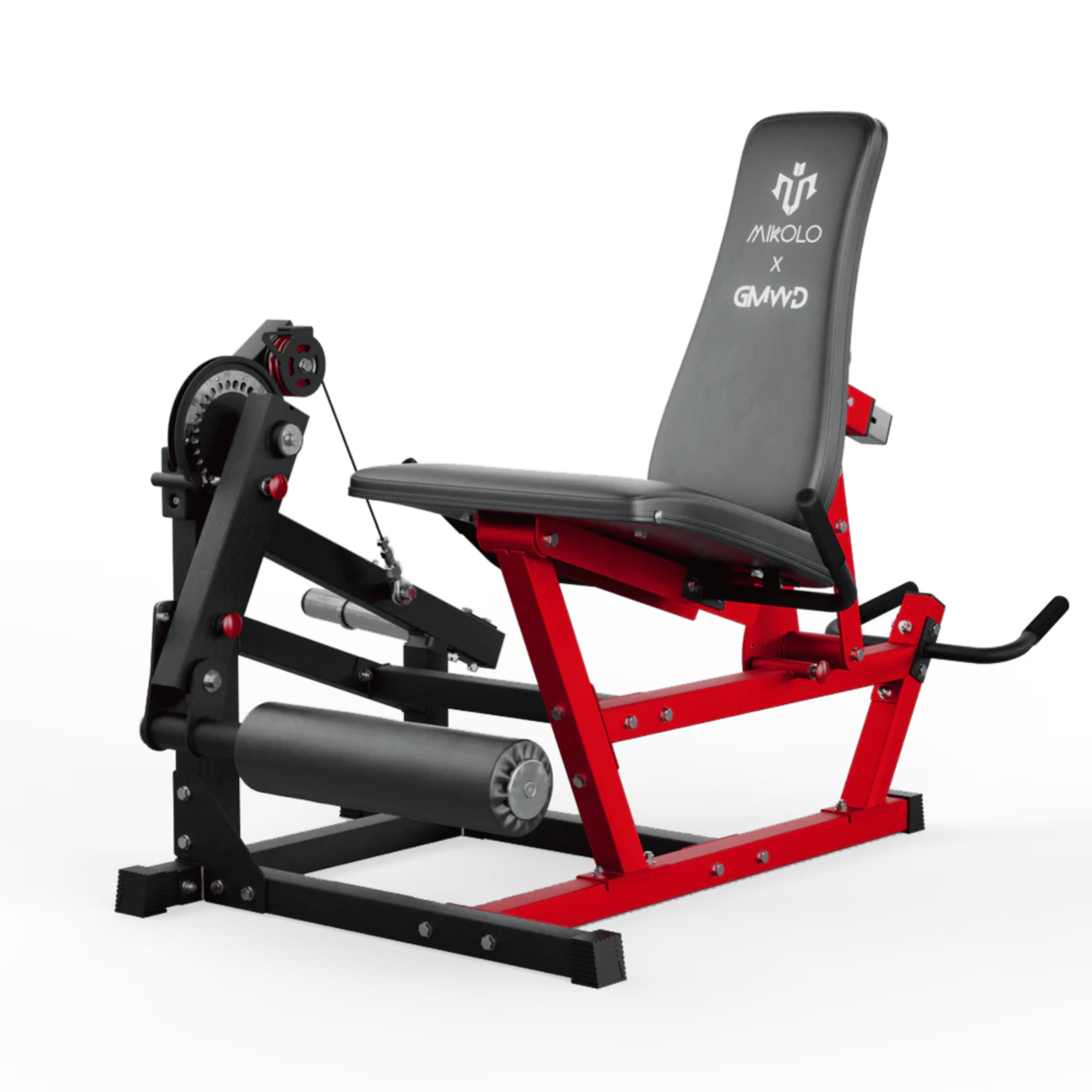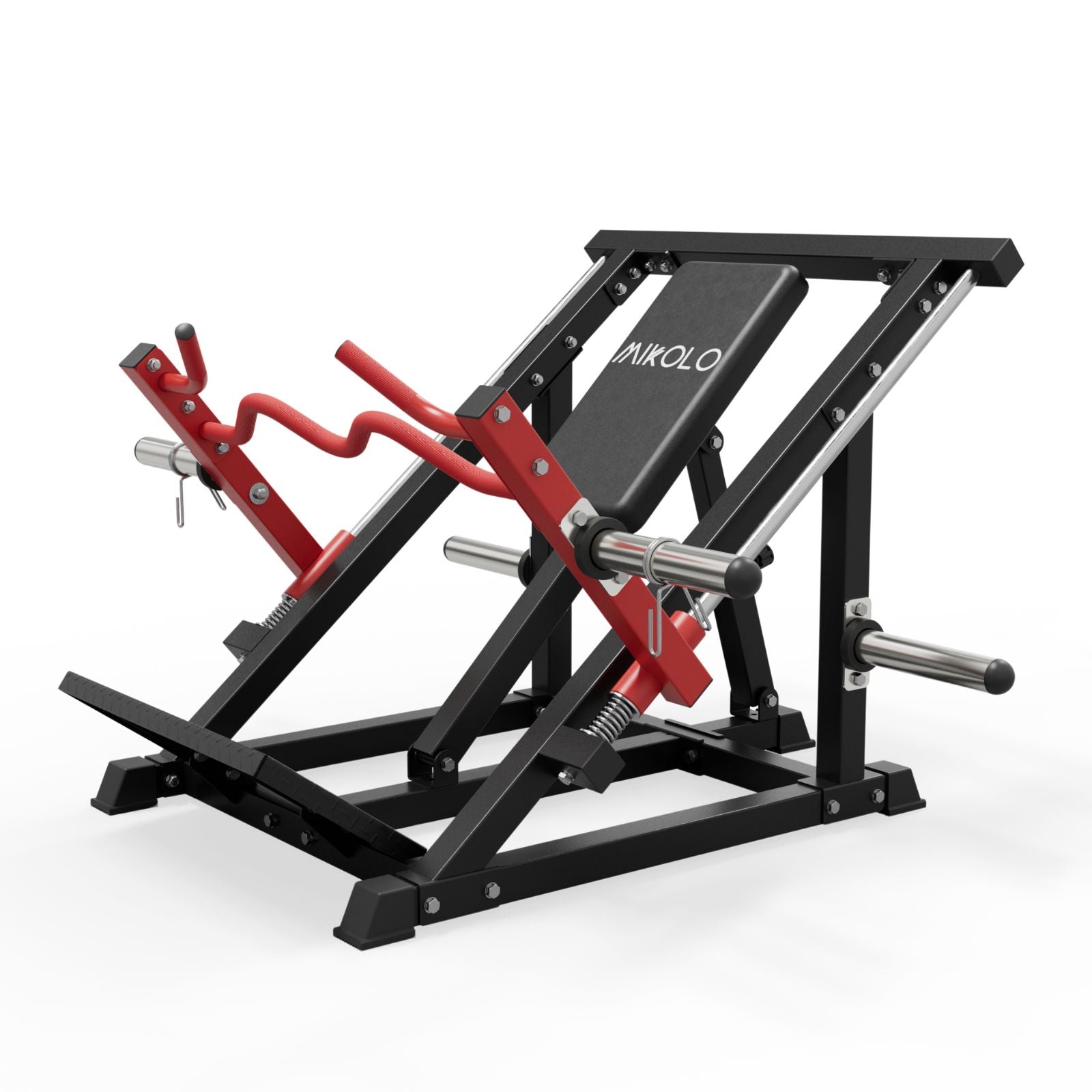Resistance bands have become a staple in strength training, but not all bands are created equal. If you’ve progressed past the lighter bands and want to challenge your muscles with the heaviest resistance band, you’re on the right path to serious strength gains while still protecting your joints.
What Are Heavy Resistance Bands Used For?
Heavy and extra-heavy resistance bands are designed to mimic the load you’d get from free weights or cable machines. They are particularly effective for:
-
Assisted pull-ups for advanced lifters
-
Deadlifts and squats with variable tension
-
Hip thrusts and glute bridges with high resistance
-
Powerlifting warm-ups and accessory work
-
Building explosive strength in athletes
Unlike lighter bands, these heavy bands provide strong resistance that challenges you in both the concentric (lifting) and eccentric (lowering) phases of your movement, helping improve control and muscle engagement.
How Heavy Can Resistance Bands Get?
Resistance bands range in thickness and width, with the heaviest bands providing over 150 lbs of resistance depending on stretch length. These bands typically come in wider profiles to distribute tension evenly and reduce the risk of snapping under high loads.
Heavy resistance bands can replace or supplement barbell lifts when you train at home, travel, or want to reduce spinal loading while maintaining high muscle tension.
Benefits of Training with the Heaviest Resistance Bands
-
Joint-friendly strength work: The variable resistance reduces stress on joints while still providing high tension.
-
Versatile workouts anywhere: Whether at home, outdoors, or in the gym, you can challenge your muscles without needing heavy equipment.
-
Enhanced stability: Bands require you to stabilize your body during exercises, engaging more supporting muscles.
-
Better mind-muscle connection: The consistent tension helps maintain control throughout the range of motion, essential for muscle growth.
Personal Reflection: When I Switched to Heavy Bands
I remember adding a heavy resistance band to my training during a period when I was recovering from a minor shoulder strain but didn’t want to lose strength in my pull-ups and deadlifts. I underestimated how tough these bands can be. On my first set of banded deadlifts, the band’s increasing tension at the top forced me to engage my glutes and upper back more intentionally than with free weights alone. Within a few weeks, my grip strength improved, and I was able to transition back to heavier barbell loads with better control and stability.
Tips When Using Heavy Resistance Bands
-
Always anchor bands securely to prevent recoil.
-
Check for tears before each session to avoid breakage.
-
Control the movement during both the lift and the return to maximize benefits.
-
Combine heavy bands with lighter ones for warm-ups and mobility work to balance your training.
Final Thoughts
The heaviest resistance bands are a practical, space-efficient, and effective tool for anyone looking to build strength safely and progressively. They are particularly valuable for home gyms and for those seeking to maintain high tension training without loading heavy weights on their spine daily.
If you’re ready to take your workouts to the next level, adding the heaviest resistance band to your routine can be a game-changer for your strength journey.











































Leave a comment
This site is protected by hCaptcha and the hCaptcha Privacy Policy and Terms of Service apply.